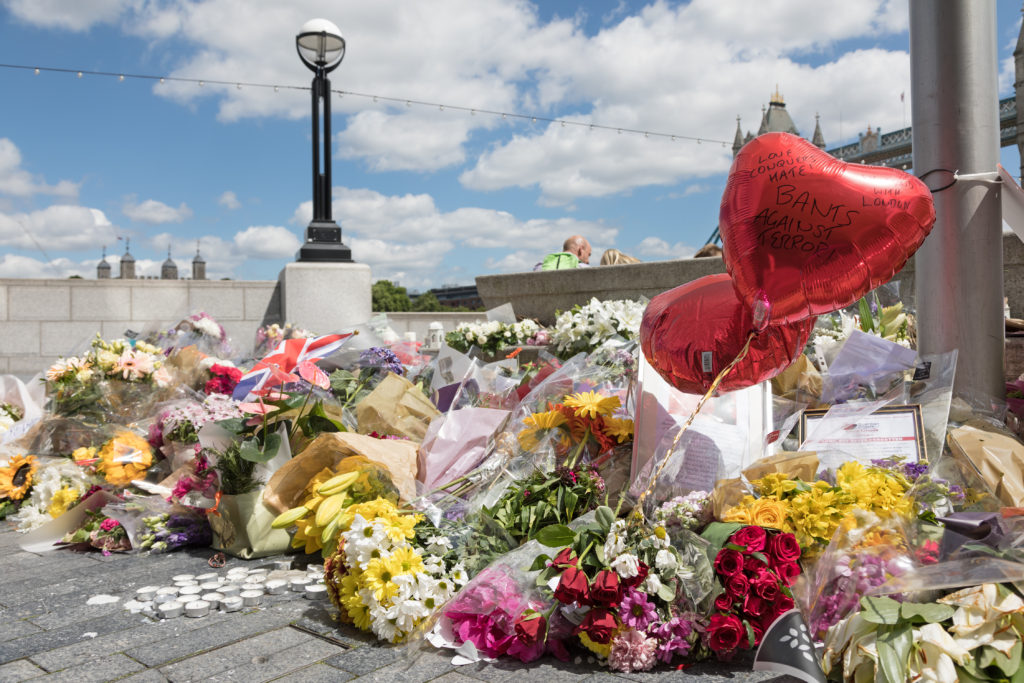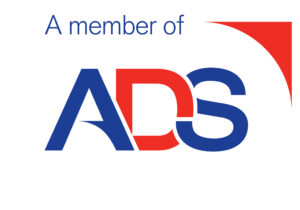In the aftermath of the recent ISIS attack on Saturday 3rd of June, questions are being asked if warning signs were missed in the lead-up to the events of that night.
While any successful terrorist attack on some level represents a failure by the security services, it is not always the case that a terrorist attack could have been reasonably expected to be successfully detected or prevented with the information those agencies had at the time.
In the case of many “lone wolf” terrorists, such as Khalid Masood, it is extremely difficult for their activities to be detected before they engage in violence. In the case of more organised terrorist groups, there are active efforts to counter surveillance by security services, which may significantly complicate attempts to identity potential recruits or planned attacks.
With that said, it appears that key warning signs about the London Bridge attackers were missed.
Khuram Butt – radicalised, known to the authorities and violent.
It has since transpired that Khuram Shazad Butt was involved in an altercation last year with Usama Hasan, who works with the Quilliam Foundation in countering violent extremism. Mr. Butt angrily confronted him at a Muslim family fair in London and accused him apostasy before attacking him. After the incident, Mr. Hasan had told the police that he was certain that his attacker was a member of Al-Muhajiroun and displayed the signs of being a radicalised political Islamist.
An FBI informant in 2015 named Mr. Butt as a “rising star” within the ranks of the banned Al-Muhajiroun group, which has been linked to 23 previous terrorist attacks over the past 20 years. Mr. Butt was also featured in an incident which involved him and other members of Al-Muhajiroun unfurling an Islamic State flag in a London park, which was filmed and featured in a Channel 4 documentary “The Jihadis Next Door”.
Youssef Zagbha – a failure in intelligence sharing?
The second attacker, Youssef Zagbha, was temporarily prevented from passing through Bologna airport last year while attempting to travel to Istanbul. However he was allowed to go as they had no grounds to detain him. Nevertheless, the Chief Prosecutor in Bologna has said that Mr Zagbha was singled out as a “suspicious person” to British authorities. Mr. Zagbha was somehow still able to enter the UK, despite being on a terrorism watch list.
Mr Zagbha also networked with Al-Muhajiroun contacts in Italy during his time there, who appear to have introduced him to Mr. Butt.
Rachid Redouane – foreign fighter in Libya.
The third attacker, Rachid Redouane, had applied for asylum in the UK in 2009, but had been rejected. Following on from this, he appears to have fought in the Libyan uprising against Col. Gaddafi in 2011, joining the Tripoli Brigade, whose successor group, Liwa al Ummah, sent foreign fighters to Syria. He subsequently lived in Ireland and obtained an EU residence card, which allowed him to come back to the UK. Mr Redouane was also said to be involved with the Al-Muhajiroun group, and lived only a few hundred yards away from Mr. Butt.
MI5 will be reviewing its handling of intelligence relating to the attack.
Marc Simms is an occasional blogger for Proelium Law LLP. Marc holds a MLitt in Terrorism Studies and a Masters in International Relations, both from St Andrews. His particular interests are in emerging international security issues, unconventional warfare and terrorism.
Need advice?
If you’d like further information, or to discuss working with us, please get in touch






